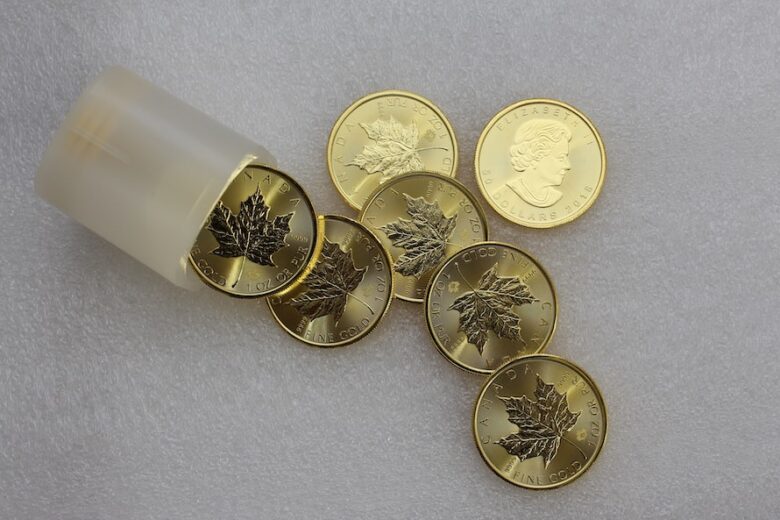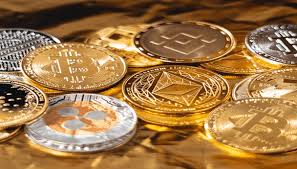But there was one thing in common: an inscription in the Tatar language appeared on the reverse side of the coins.
At that time, Muscovy was actively expanding to the East, in particular to the “Tatar” Volga region. One of the “soft power” tools of that time was expansion with the help of money, the inscriptions on which were understandable to the local population.
No one will deny that this experience was very successful. From the second half of the 15th century until the inclusion of these possessions in Russia, “denga” was an unconditionally accepted means of payment. A direct consequence of this success was the monetary reform of Elena Gilinsky, the wife of Vasilis III, carried out in 1534-1538.
He was active in foreign economic activity, which required large expenses, so there was a need to reduce the mass of coins. The coin depicted a horseman with a spear. Hence the new name – “penny”.
“Novgorodian” was called a penny weighing 0.68 grams, drawn from silver. Half a penny corresponded to the “Muskoka” – a silver denga weighing 0.34 grams, which depicted a horseman with a saber – a heraldic symbol known from the coins of Ivan III.
After the monetary reform carried out in 1535, a unified monetary system was formed on the territory of the Russian Kingdom, which assumed the presence of only silver money, kopecks and palochkas in circulation.
But in 1654, Tsar Alexei Mikhailovich had to solve another problem: during the war with the Commonwealth, a number of territories of modern Ukraine and Belarus were acquired. Western European appeal until the middle of the 18th century was based on a silver thaler with the image of St.
Joachim, which received the name “efimkas” in Russia. Until 1654, efimkas were a source of high-grade silver for the production of Russian kopecks. In 1654, images of the tsar and the state emblem began to be applied over the efimkas.
However, a counting ruble in old kopecks weighed about 45 grams. The weight of the efimkas was 28-32 grams: the new ruble from birth was an inferior coin. It was not a big secret for the population that at the mint 64 kopecks were minted from one efimkas, while they bought it abroad at 50. The defective ruble was not in demand. He did not live even a year, his release was discontinued.
In 1655, the application of two hallmarks to the thalers was started, and in this way “efimkas with a sign” were obtained, i.e. “pseudo ruble”. But, alas, in 1659, the “Efimkas with a sign” ceased to be legal tender. They were to be exchanged for copper coins.
After the monetary reform carried out in 1535, a unified monetary system was formed on the territory of the Russian Kingdom, which assumed the presence of only silver money, kopecks and palochkas in circulation.
But in 1654, Tsar Alexei Mikhailovich had to solve another problem: during the war with the Commonwealth, a number of territories of modern Ukraine and Belarus were acquired. Western European appeal until the middle of the 18th century was based on a silver thaler with the image of St.
Joachim, which received the name “efimok” in Russia. Until 1654, efimki were a source of high-grade silver for the production of Russian kopecks. In 1654, images of the tsar and the state emblem began to be applied over the efimka.
However, a counting ruble in old kopecks weighed about 45 grams. It was not a big secret for the population that at the mint 64 kopecks were minted from one efimka, while they bought it abroad at 50. The defective ruble was not in demand. He did not live even a year, his release was discontinued.
In 1655, the application of two hallmarks to the thalers was started, and in this way “efimki with a sign” were obtained, i.e. “pseudo ruble”. But, alas, in 1659, the “Efimki with a sign” ceased to be legal tender. They were to be exchanged for copper coins.
First of all, it was necessary to introduce monetary unity throughout the entire territory of the state, without exception for Ukraine and the Baltic states. To do this, it was necessary to do, by and large, only two things: withdraw counterfeit coins from circulation and mint a huge circulation of new ones. Plus – to ensure the people’s confidence in the new money. Each of these tasks at one time either cost the monarch the crown, or threatened with rebellion.
The hand minting of the coins allowed the counterfeiter to slightly trim off the jagged edges of the coin. Over time, this trick led to the fact that there were too many “spoiled” coins in circulation, weighing much less than the face value.
At the same time a lot of counterfeit Russian low-grade silver coins were minted in Europe. There were more raw materials there, and a couple of primitive stamps and a hammer were enough for work. In 1714, the tsar had to issue a decree prohibiting the import of Russian coins into Russia.
Peter I found the solution to the second problem during his visit to England in the spring of 1697. Isaac Newton had just been appointed Keeper of the London Mint, who was reforming the currency in England.
To overcome the people’s distrust of the coppers, an “information campaign” was carried out. In all squares, as well as in churches, after the divine services, the royal decree was read out that copper coins were intended for petty trade.
and the state guaranteed their full equality with silver ones. At first, copper coins were issued in small quantities, so that the people, according to old memory, would not rush to hide silver for a rainy day. So, little by little, copper dengas, a polushka and half a polushka, a silver ruble and a half-pollina, as well as gold chervonets returned to Russia.
The silver kopeck has not yet been withdrawn from the game and has not even been reduced in volume in order to prevent unrest. As a result, the empire received world-class coins, a flexible decimal monetary system that Western countries mastered only towards the end of the century.





